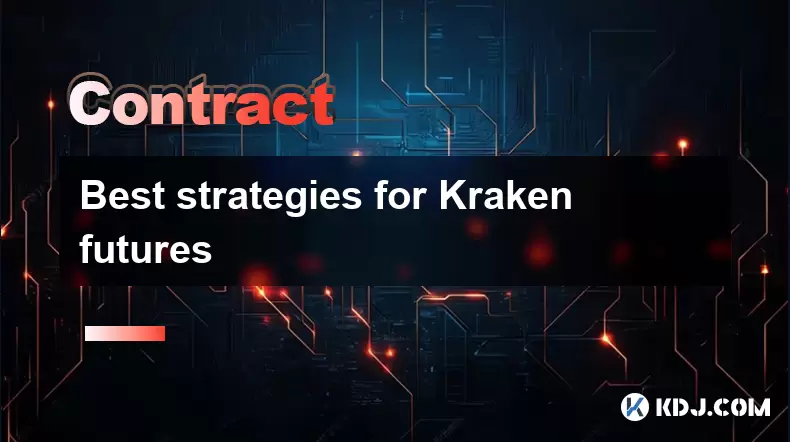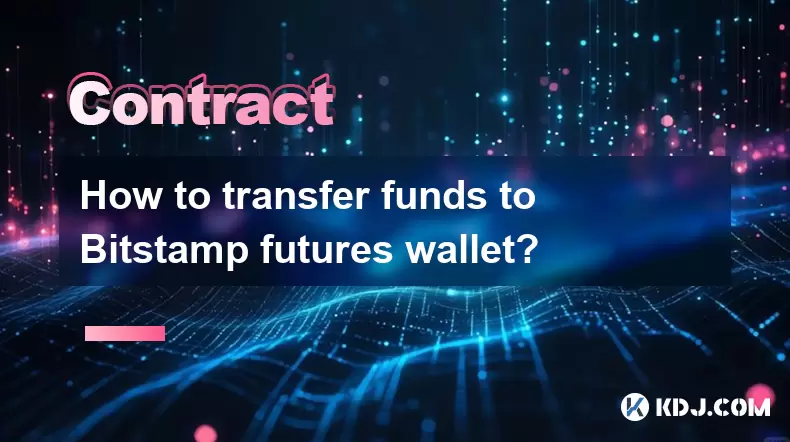-
 Bitcoin
Bitcoin $118900
1.66% -
 Ethereum
Ethereum $3735
1.35% -
 XRP
XRP $3.506
0.71% -
 Tether USDt
Tether USDt $1.000
-0.01% -
 BNB
BNB $799.4
5.78% -
 Solana
Solana $202.0
1.87% -
 USDC
USDC $0.9999
0.00% -
 Dogecoin
Dogecoin $0.2661
1.89% -
 Cardano
Cardano $0.8877
1.59% -
 TRON
TRON $0.3173
2.45% -
 Hyperliquid
Hyperliquid $45.00
2.59% -
 Stellar
Stellar $0.4723
3.40% -
 Sui
Sui $3.970
1.32% -
 Chainlink
Chainlink $19.67
1.94% -
 Hedera
Hedera $0.2710
1.99% -
 Avalanche
Avalanche $25.74
-0.01% -
 Bitcoin Cash
Bitcoin Cash $528.1
1.98% -
 Litecoin
Litecoin $120.1
3.57% -
 Shiba Inu
Shiba Inu $0.00001525
1.26% -
 UNUS SED LEO
UNUS SED LEO $8.989
-0.01% -
 Toncoin
Toncoin $3.304
1.74% -
 Polkadot
Polkadot $4.531
3.38% -
 Uniswap
Uniswap $10.74
2.51% -
 Ethena USDe
Ethena USDe $1.001
0.00% -
 Monero
Monero $325.5
2.44% -
 Pepe
Pepe $0.00001413
1.31% -
 Bitget Token
Bitget Token $4.860
0.85% -
 Dai
Dai $0.9999
0.01% -
 Aave
Aave $307.3
-2.07% -
 Bittensor
Bittensor $448.8
2.91%
Best strategies for Kraken futures
Kraken Futures offers leveraged crypto trading with perpetual swaps and quarterly contracts—understand funding rates, use 5x–10x leverage for safety, and always set stop-losses to manage risk. (154 characters)
Jul 23, 2025 at 08:14 am

Understanding Kraken Futures Contracts
Kraken Futures offers traders the ability to speculate on the price movement of various cryptocurrencies using leveraged contracts. These contracts come in two main types: perpetual swaps and quarterly futures. Perpetual swaps do not have an expiration date and are marked to the spot price regularly, while quarterly futures settle on a specific date. Traders must understand the funding rate mechanism in perpetual swaps, as it affects holding costs. Funding rates are paid or received every 8 hours and depend on whether the contract trades above or below the index price. Misjudging funding can erode profits, so always check the current funding rate in the Kraken Futures interface before entering a position.
Choosing the Right Leverage
Leverage amplifies both gains and losses. Kraken allows up to 50x leverage on certain pairs, but this is not suitable for every trader. A conservative approach uses 5x to 10x leverage for risk management, especially for beginners. To set leverage:
- Navigate to the futures trading interface
- Select your desired contract (e.g., BTC/USD)
- Click the leverage selector (usually near the order entry box)
- Choose your preferred level (e.g., 5x)
- Confirm the change in the pop-up dialog
Exceeding 20x increases the risk of liquidation, particularly during volatile markets. Always calculate your liquidation price before placing a trade—it’s displayed in real-time as you adjust position size and leverage.Implementing Risk Management Techniques
Effective risk management is essential on Kraken Futures. One proven method is setting stop-loss orders at logical technical levels. For example, if you enter a long position at $60,000 on BTC/USD, place a stop-loss just below a key support level like $58,500. Another strategy involves position sizing: never risk more than 2% of your total account equity on a single trade. To calculate this: - Determine your account balance (e.g., $10,000)
- Calculate 2% of that ($200)
- Decide your stop-loss distance in dollars (e.g., $1,500)
- Divide risk amount by stop distance: $200 / $1,500 = 0.133 BTC
This ensures you only trade what you can afford to lose. Kraken’s order types—like limit, stop-market, and take-profit—allow precise control over entry and exit points.Using Technical Analysis for Entry and Exit
Traders on Kraken Futures often rely on technical indicators to time entries. The Relative Strength Index (RSI) helps identify overbought (>70) or oversold (<30) conditions. When RSI crosses below 30 and starts rising, it may signal a long entry. Conversely, a drop below 70 after being overbought may indicate a short opportunity. Another powerful tool is the 200-period Exponential Moving Average (EMA) on the 4-hour chart. If price is above the EMA, consider only long positions; if below, focus on shorts. Combine these with volume spikes—visible in Kraken’s charting tools—to confirm breakouts or reversals.Leveraging Kraken’s API for Automation
Advanced users can automate strategies using Kraken’s REST and WebSocket APIs. For instance, to build a simple mean-reversion bot: - Set up API keys in your Kraken account under Security > API
- Enable “Futures” permissions and restrict IP access
- Use Python with libraries like
requestsandwebsocket-client - Fetch real-time mark price via
/futures/api/v3/ticker - Calculate deviation from 24-hour average price
- If deviation exceeds 1.5%, place a limit order in the opposite direction
This requires coding knowledge but allows consistent execution without emotional interference. Always backtest your strategy using historical data from Kraken’s public endpoints before going live.Monitoring Funding Rates and Market Sentiment
Funding rates reveal whether the market is bullish or bearish. Positive funding means longs pay shorts—indicating aggressive buying. Negative funding suggests more short positions. On Kraken, you can view this data in the contract details section. If funding becomes extremely positive (>0.1% per 8 hours), it may signal over-leverage on the long side, increasing the risk of a squeeze. Watch for funding rate spikes alongside high open interest—this often precedes sharp price reversals. Pair this with on-chain data (like exchange inflows) for deeper context.Frequently Asked Questions
How do I reduce liquidation risk on Kraken Futures?
Adjust your leverage downward, set tight stop-losses based on volatility (like ATR), and avoid holding large positions during high-impact news events such as CPI releases or Fed announcements.Can I trade Kraken Futures on mobile?
Yes, Kraken’s mobile app supports futures trading. Download from the App Store or Google Play, log in, tap “Trade,” then select “Futures.” All order types and charting tools are available, including leverage adjustment.What happens if my position gets liquidated?
Kraken uses an auto-deleveraging (ADL) system. If your position is liquidated, the platform closes it at the mark price. Any remaining margin is returned to your account. ADL rarely triggers unless the market gaps severely.Is there a minimum balance to start trading futures on Kraken?
No fixed minimum exists, but you must have enough to cover initial margin. For example, a 5x long on BTC/USD at $60,000 with 0.01 BTC requires about $120 in margin. Ensure you have extra funds for fees and potential losses.
Disclaimer:info@kdj.com
The information provided is not trading advice. kdj.com does not assume any responsibility for any investments made based on the information provided in this article. Cryptocurrencies are highly volatile and it is highly recommended that you invest with caution after thorough research!
If you believe that the content used on this website infringes your copyright, please contact us immediately (info@kdj.com) and we will delete it promptly.
- Binance, Leverage, and Perpetual Contracts: A Trader's Deep Dive
- 2025-07-23 16:50:12
- Cardano, Hoskinson, and the ADA Rally: What's Driving the Surge?
- 2025-07-23 17:30:13
- Bitcoin Profit-Taking, Whale Behavior, and Technical Analysis: A July 2025 Snapshot
- 2025-07-23 17:30:13
- Tom Lee's Bold Bitcoin Prediction: $250K by '25 or $3M Long Term?
- 2025-07-23 16:30:12
- VeChain (VET) Price Prediction: Bullish Breakout or Short-Term Skepticism?
- 2025-07-23 16:50:12
- Jackbit Casino: Your Ticket to Crypto Bonuses and Free Spins in 2025
- 2025-07-23 16:30:12
Related knowledge

Why is my Bitstamp futures position being liquidated?
Jul 23,2025 at 11:08am
Understanding Futures Liquidation on BitstampFutures trading on Bitstamp involves borrowing funds to open leveraged positions, which amplifies both po...

Does Bitstamp offer inverse contracts?
Jul 23,2025 at 01:28pm
Understanding Inverse Contracts in Cryptocurrency TradingIn the realm of cryptocurrency derivatives, inverse contracts are a specific type of futures ...

How to find your Bitstamp futures trade history?
Jul 23,2025 at 08:07am
Understanding Bitstamp and Futures Trading AvailabilityAs of the current state of Bitstamp’s service offerings, it is critical to clarify that Bitstam...

Can I use a trailing stop on Bitstamp futures?
Jul 23,2025 at 01:42pm
Understanding Trailing Stops in Cryptocurrency TradingA trailing stop is a dynamic type of stop-loss order that adjusts automatically as the price of ...

How to trade ETH perpetuals on Bitstamp?
Jul 23,2025 at 03:28am
Understanding ETH Perpetual ContractsETH perpetual contracts are derivative products that allow traders to speculate on the price of Ethereum without ...

How to transfer funds to Bitstamp futures wallet?
Jul 23,2025 at 04:14pm
Understanding Bitstamp Futures WalletBefore initiating any transfer, it’s crucial to understand that Bitstamp separates your Spot Wallet from your Fut...

Why is my Bitstamp futures position being liquidated?
Jul 23,2025 at 11:08am
Understanding Futures Liquidation on BitstampFutures trading on Bitstamp involves borrowing funds to open leveraged positions, which amplifies both po...

Does Bitstamp offer inverse contracts?
Jul 23,2025 at 01:28pm
Understanding Inverse Contracts in Cryptocurrency TradingIn the realm of cryptocurrency derivatives, inverse contracts are a specific type of futures ...

How to find your Bitstamp futures trade history?
Jul 23,2025 at 08:07am
Understanding Bitstamp and Futures Trading AvailabilityAs of the current state of Bitstamp’s service offerings, it is critical to clarify that Bitstam...

Can I use a trailing stop on Bitstamp futures?
Jul 23,2025 at 01:42pm
Understanding Trailing Stops in Cryptocurrency TradingA trailing stop is a dynamic type of stop-loss order that adjusts automatically as the price of ...

How to trade ETH perpetuals on Bitstamp?
Jul 23,2025 at 03:28am
Understanding ETH Perpetual ContractsETH perpetual contracts are derivative products that allow traders to speculate on the price of Ethereum without ...

How to transfer funds to Bitstamp futures wallet?
Jul 23,2025 at 04:14pm
Understanding Bitstamp Futures WalletBefore initiating any transfer, it’s crucial to understand that Bitstamp separates your Spot Wallet from your Fut...
See all articles

























































































